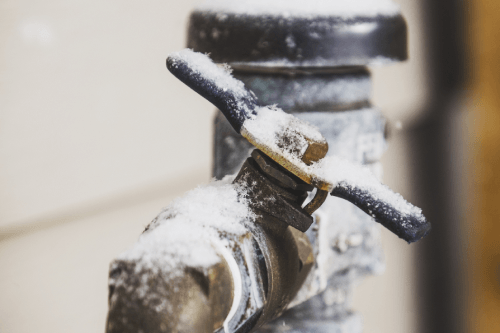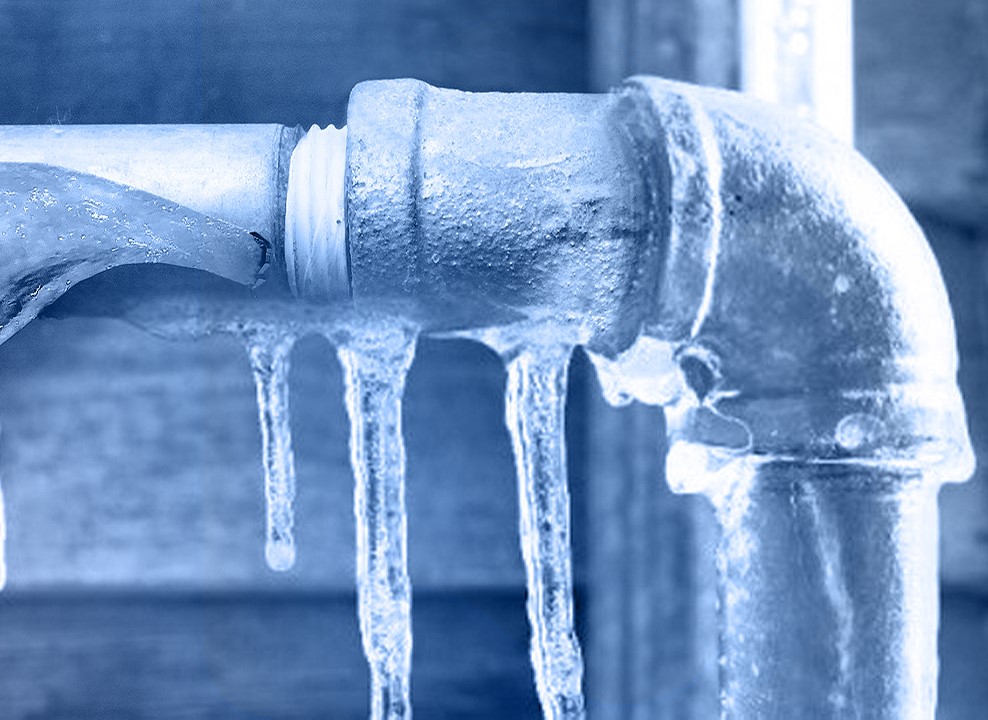Tips for Avoiding Frozen Plumbing in Winter: Expert Tips
Tips for Avoiding Frozen Plumbing in Winter: Expert Tips
Blog Article
Do you find yourself trying to find critical information about Helpful Tips to Prevent Frozen Pipes this Winter?

Cold weather can wreak havoc on your plumbing, particularly by freezing pipelines. Here's how to prevent it from happening and what to do if it does.
Introduction
As temperatures decline, the risk of icy pipelines rises, possibly causing expensive repair services and water damage. Understanding how to stop frozen pipelines is essential for homeowners in cold environments.
Comprehending Icy Pipes
What causes pipes to ice up?
Pipelines ice up when revealed to temperature levels below 32 ° F (0 ° C) for prolonged durations. As water inside the pipelines ices up, it broadens, putting pressure on the pipeline walls and potentially causing them to break.
Risks and damages
Frozen pipes can cause water system disturbances, home damage, and pricey repair services. Ruptured pipelines can flooding homes and trigger extensive structural damages.
Signs of Frozen Pipes
Determining icy pipelines early can prevent them from bursting.
Exactly how to determine frozen pipes
Look for lowered water circulation from faucets, unusual smells or noises from pipelines, and noticeable frost on exposed pipelines.
Avoidance Tips
Insulating at risk pipelines
Cover pipelines in insulation sleeves or make use of warmth tape to shield them from freezing temperature levels. Concentrate on pipelines in unheated or exterior locations of the home.
Home heating methods
Keep indoor spaces sufficiently heated, especially areas with plumbing. Open up cabinet doors to allow cozy air to flow around pipelines under sinks.
Shielding Outdoor Plumbing
Yard tubes and outdoor faucets
Separate and drain yard hoses before wintertime. Install frost-proof faucets or cover outside faucets with insulated caps.
What to Do If Your Pipes Freeze
Immediate actions to take
If you believe frozen pipes, maintain taps open to ease stress as the ice melts. Use a hairdryer or towels soaked in warm water to thaw pipelines gradually.
Long-Term Solutions
Architectural changes
Consider rerouting pipes away from exterior walls or unheated locations. Include added insulation to attics, basements, and crawl spaces.
Upgrading insulation
Purchase top notch insulation for pipelines, attics, and wall surfaces. Correct insulation aids preserve consistent temperatures and minimizes the threat of frozen pipes.
Final thought
Preventing frozen pipelines calls for aggressive steps and fast actions. By comprehending the reasons, indicators, and preventive measures, house owners can protect their plumbing during winter.
6 Proven Ways to Prevent Frozen Pipes and Protect Your Home
Disconnect and Drain Garden Hoses
Before winter arrives, start by disconnecting your garden hoses and draining any remaining water. Close the shut-off valves that supply outdoor hose bibs and leave the outdoor faucet open to allow any residual water to drain. For extra protection, consider using faucet covers throughout the colder months. It’s also important to drain water from any sprinkler supply lines following the manufacturer’s directions.
Insulate Exposed Pipes
Insulating your pipes is an effective way to prevent freezing. Pipe insulation is readily available at home improvement stores and is relatively inexpensive. Pay close attention to pipes in unheated areas such as the attic, basement, crawl spaces, or garage. Apply foam insulation generously to create a buffer against the cold. You can also wrap your pipes in heat tape or thermostat-controlled heat cables for added warmth.
Seal Air Leaks
Inspect your home for any cracks or openings that could let in cold air. Seal any holes around the piping in interior or exterior walls, as well as the sill plates where your home rests on its foundation. Additionally, make sure to keep your garage door closed unless you’re entering or exiting. Leaving it open creates a significant air leak that can lead to frozen pipes.
Allow Warm Air Circulation
During cold snaps, it’s essential to allow warm air to circulate evenly throughout your home. Leave interior doors ajar to promote better airflow. Open kitchen and bathroom cabinets to help distribute heat consistently around the rooms. If you have small children or pets, be sure to remove any household chemicals or potentially harmful cleaners from open cabinets for safety.
Let Faucets Drip
A small trickle of water can make a big difference in preventing ice formation inside your pipes. When temperatures drop significantly, start a drip of water from all faucets served by exposed pipes. This continuous flow helps prevent the water from freezing. Additionally, running a few faucets slightly can relieve pressure inside the pipes, reducing the chances of a rupture if the water inside does freeze.
https://choateshvac.com/6-proven-ways-to-prevent-frozen-pipes-and-protect-your-home/

I was guided to that editorial about Helpful Tips to Prevent Frozen Pipes this Winter through a buddy on another site. Are you aware of another person who is excited by How To Avoid Freezing Pipes? Do not hesitate to promote it. Thank you for your time. Revisit us soon.
Need Help? Hire Us Now! Report this page